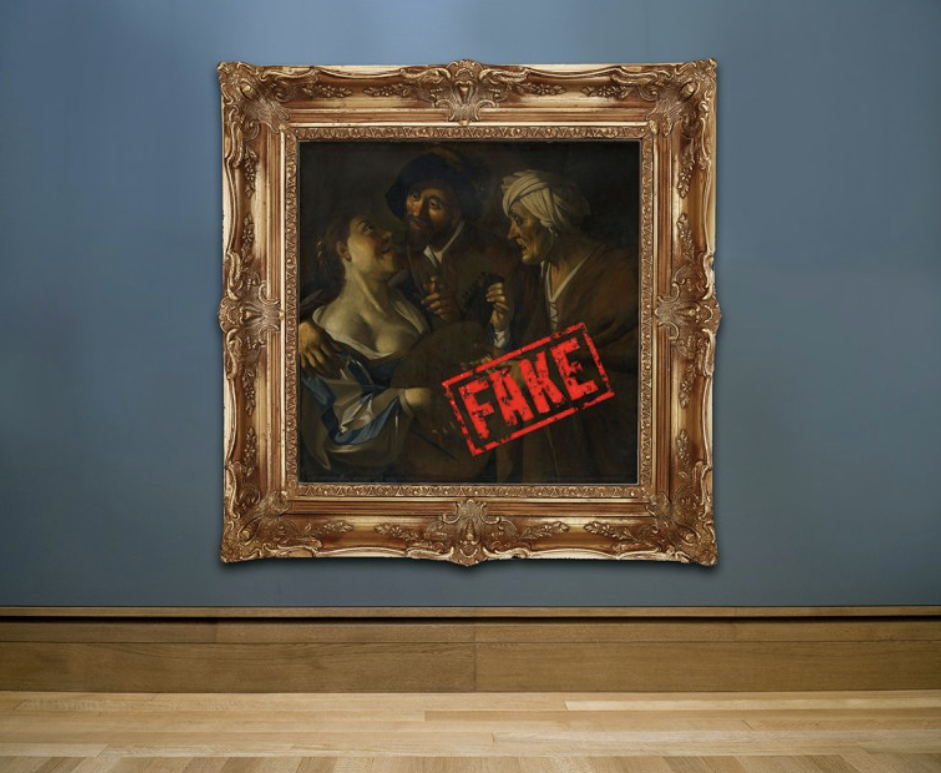Throughout history, art has always been a medium for self-expression and creativity. From timeless masterpieces to contemporary pieces, art has a special place in our society. However, in the world of authentic artistic creations, the phenomenon of fake art exhibits has emerged. These showcases pretend to promote the work of talented artists, but actually present counterfeit and/or plagiarized pieces. Fake art exhibits have many impacts and impact on the art community.
Art lover and creator herself, Olivia Theisen expresses that these displays damage the art community. She states: “It’s heartbreaking seeing artists’ reputations being brought down by fakes who just want to make money. I love making art and I hope to take it somewhere in the future, but with the emergence of unauthentic art I doubt I will be able to succeed with these abundances of ‘artists’ that seem to take my place.”
Fake art exhibits pose a significant threat to the integrity of the art world. These exploitive displays deceive the art community, but also undermine the hard work and creativity of genuine artists. Motivations behind organizing these fake art exhibits can include financial gain. Counterfeit artworks are often sold at extreme prices, fooling buyers into investing in what they believe to be genuine pieces. This cheats collectors out of their hard-earned money, and also devalues the real art market.
Continuing on, fake art exhibits have a detrimental impact on not only artist credibility, but also their reputation. When counterfeit artworks are showcased alongside authentic pieces, it becomes challenging for the audience to differentiate between the two. This illusion causes suspicion in the art community and raises questions about the legitimacy of an artists’ works. Unfortunately, this leads to skepticism and hesitance among potential buyers and art enthusiasts, ultimately stunting the growth and recognition of genuine talent.
Another art enthusiast, Amaya Cadman, states her personal experience with fake art:” I went to the Orlando Museum of Art probably a year ago when they had the Basquiat display. I was honestly shocked when I found out later that the FBI had raided the exhibit for being fake. You really can’t trust what they say about art because nobody knows where anything actually came from.” It’s important we focus on not only protecting real art, but defending our exhibits from fake art at the risk of showing something off that isn’t truly valuable at all.
To combat the production of fake art exhibits, its important officials establish stricter regulations and practices in the art market. Art organizations, museums, exhibits and other institutions should all implement strict authentication processes on their art to ensure that only genuine artworks are displayed.
By inserting more strict guidelines to control the influx of fake art, it can help to secure the trust of credibility within the art community, as well as artists’ true talent, the worthiness of art pieces, and giving true creators the appreciation, and price, their art deserves. Not only does counterfeit art make real art less worthy, but it also depreciates artists’ confidence in their pieces. They do not truly get the admiration they deserve as a hardworking artist. It’s important we protect authentic art and be able to differentiate the two to be able to properly appreciate which art deserves love and appreciation, and which is truly worth nothing.



















